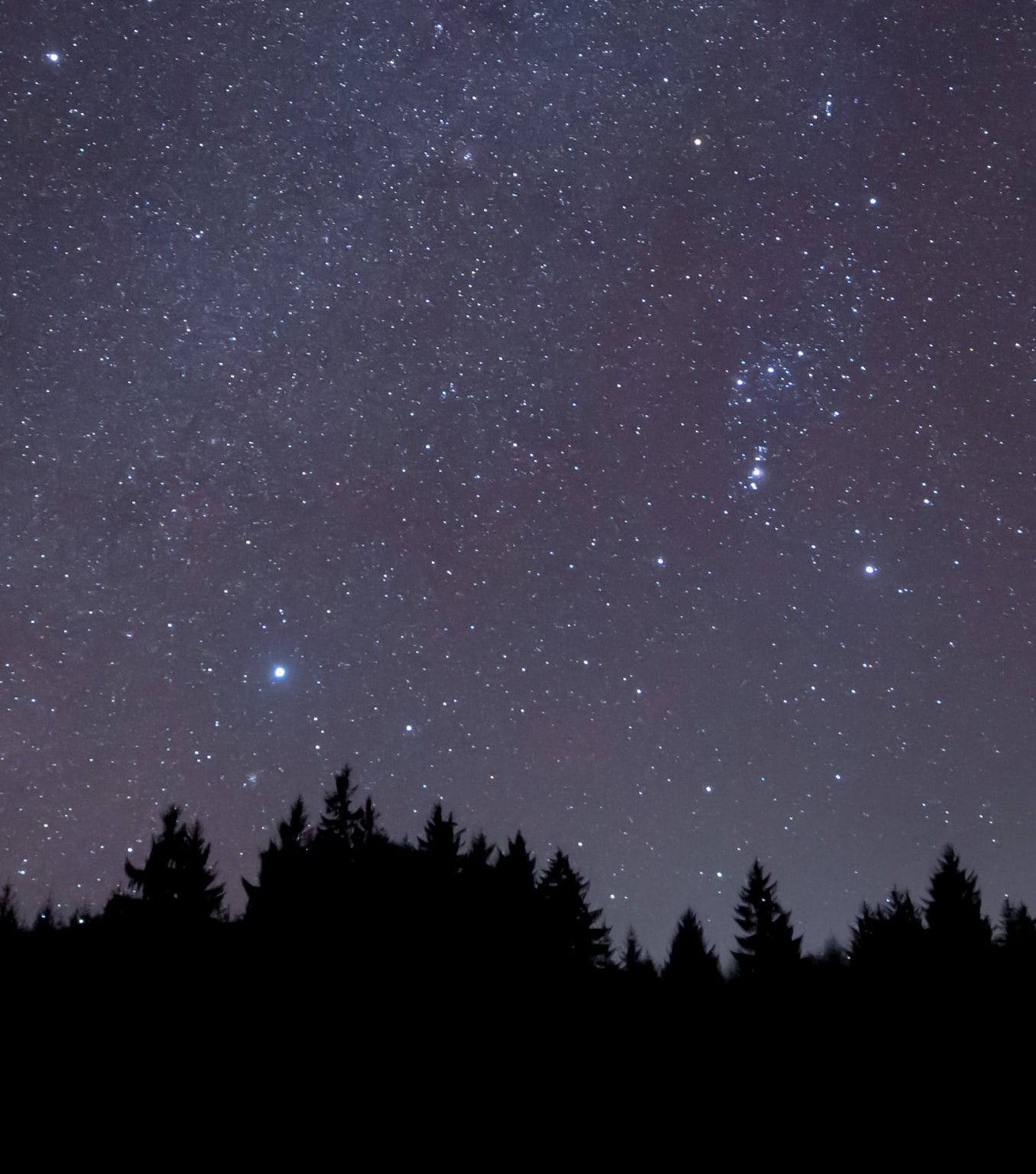January 2025 is set to be a remarkable month for skywatching enthusiasts and casual stargazers alike. NASA has released a comprehensive guide detailing the celestial events that will grace the night sky, providing valuable insights and tips for observing these phenomena. From meteor showers to planetary alignments, this month offers a wealth of opportunities to connect with the cosmos.
One of the standout events in January is the Quadrantid meteor shower, which is expected to peak on the night of January 3rd into the early hours of January 4th. This meteor shower is known for its bright and fast meteors, which can appear at rates of up to 120 meteors per hour under ideal conditions. Observers should find a location away from city lights, lay back, and gaze upward to catch a glimpse of these shooting stars. It is advisable to allow the eyes to adjust to the darkness for at least 20 minutes to maximize the chances of seeing meteors. The radiant point of the Quadrantids is located near the constellation Boötes, but meteors can be seen radiating from all parts of the sky.
In addition to the meteor shower, January offers excellent opportunities to view several planets. Jupiter, Saturn, and Mars will be particularly prominent this month. Jupiter, the largest planet in our solar system, will be visible in the evening sky, shining brightly and showcasing its four largest moons, known as the Galilean moons. A small telescope or even a good pair of binoculars can enhance the viewing experience, allowing observers to see these fascinating celestial bodies in greater detail.
Saturn, with its iconic rings, will also be easily observable throughout January. The best time to view Saturn is during the early evening hours. Observers should look for the planet’s golden hue, which distinguishes it from the surrounding stars. A telescope will provide a stunning view of Saturn’s rings, making it a must-see for anyone interested in astronomy.
Mars will be another highlight in January, appearing as a bright red dot in the night sky. The planet will be best viewed in the pre-dawn hours, rising in the east and remaining visible until dawn. Mars is particularly interesting for amateur astronomers, as it offers a unique opportunity to observe its surface features, such as polar ice caps and dark markings, through a telescope.
Another exciting event to look forward to in January is the conjunction of Venus and Neptune, which will occur on January 27th. During this event, the two planets will appear very close to each other in the sky, creating a stunning sight for observers. Venus, often referred to as the “Evening Star,” will be exceptionally bright, making it easier to spot Neptune, which is much dimmer. This conjunction will be best viewed shortly after sunset, when both planets will be low on the horizon.
For those interested in taking their skywatching to the next level, NASA recommends utilizing various tools and resources available online. Websites and mobile applications can provide real-time information on celestial events, helping enthusiasts plan their observations effectively. Many of these resources also offer star maps and guides to help identify constellations and celestial objects.
Moreover, participating in local astronomy clubs or events can enhance the skywatching experience. Many communities host star parties or public observing nights, where individuals can gather to share their passion for astronomy and learn from experienced observers. These events often provide access to telescopes and knowledgeable guides who can assist in identifying celestial objects and explaining their significance.
It is also essential to consider the weather when planning skywatching activities. Clear skies are ideal for observing celestial events, so checking local forecasts in advance can help determine the best nights for stargazing. Additionally, warm clothing and blankets are recommended for those who plan to spend extended periods outside, particularly in the colder January temperatures.
In conclusion, January 2025 presents a unique opportunity for skywatchers to engage with the wonders of the universe. With the Quadrantid meteor shower, visible planets, and the conjunction of Venus and Neptune, there are numerous events to observe and enjoy. By following NASA’s tips and utilizing available resources, both seasoned astronomers and newcomers can make the most of their skywatching experiences this month. As the night sky unfolds its beauty, the thrill of discovery awaits those willing to look up and explore.



